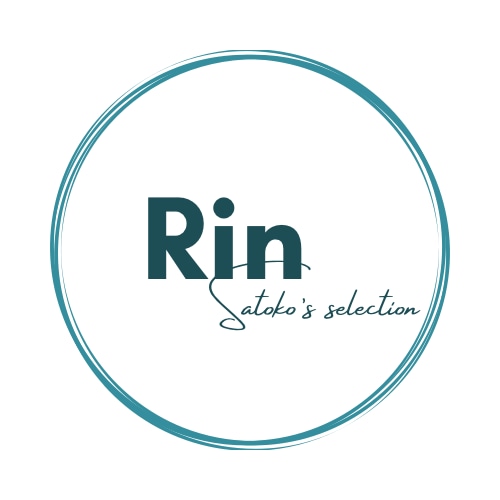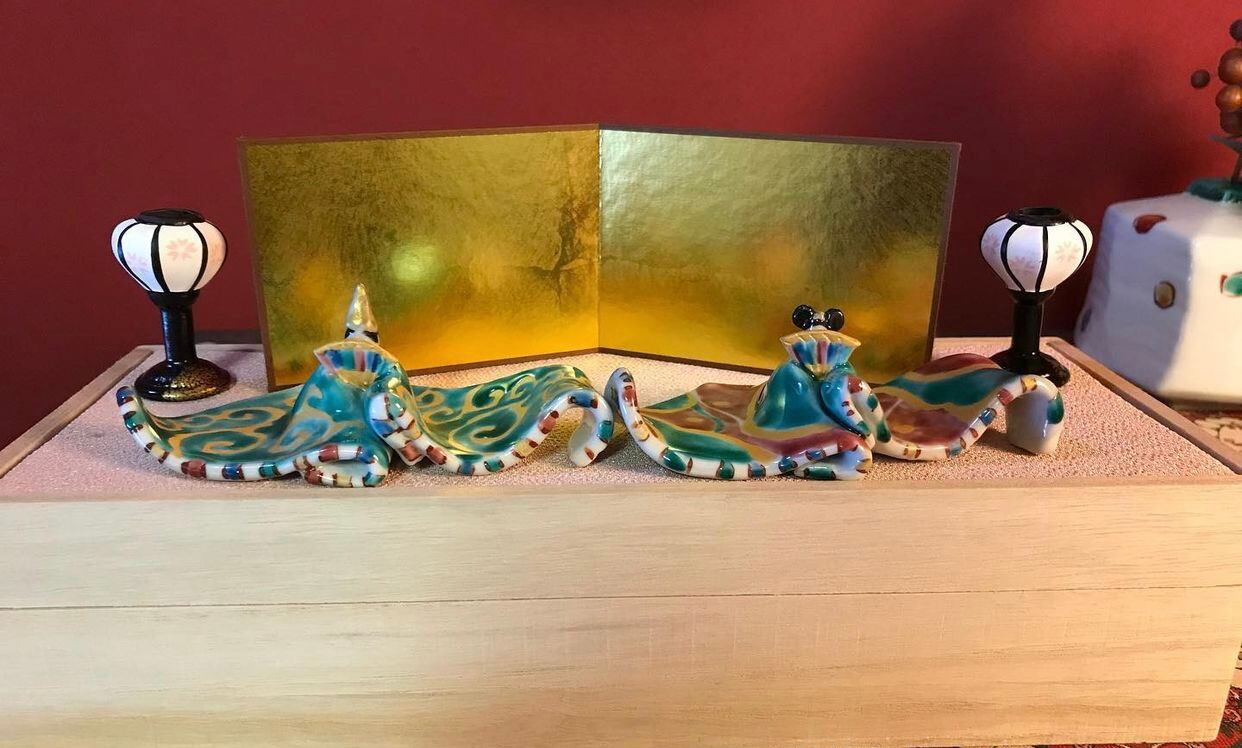
九谷焼 手びねり雛人形セット(飾り台 桐箱付)
¥19,800 税込
別途送料がかかります。送料を確認する
豪華な色彩の絵付けが特徴である九谷焼の強みを生かし、職人が一つ一つ手びねりで作り、絵付けをした雛人形。
着物は皇后雅子様の十二単をイメージして描かれました。
機械生産ではない、一点ものの雛人形はきっと喜んでいただけるでしょう。
桐箱がついていて、飾り台としてもお使いいただけます。
??国内ギフト、海外へのお土産にご利用される場合は、和文もしくは英文での雛人形に関してと九谷焼に関しての解説書をおつけしますのでご連絡くださいませ。
寸法:男雛 縦 6cm. 横12cm.高4cm.
女雛 縦6.5 cm 横11cm.高4cm.
桐箱(雛飾り台)縦11.5cm. 横30cm.高7cm.
"Kutani -ware"
Kutani -ware originated from a small village in Ishikawa Prefecture in 1655, making use of the local porcelain stone. These first porcelain wares are now called “Ko-Kutani,” (old Kutani), and are the foundation for Japanese colored porcelain ware.
Rich overglaze colors applied with fluid brushwork- green, yellow, red, purple and blue, the five spectacular Kutani colors give Kutani porcelain its outstanding beauty.
However, half a century later the kiln was abandoned. About 100 years later,
Kutani porcelain was re-established under the patronage of the Kaga clan. The Kasugayama and Wakasugi kilns were established, and kilns such as the Yoshidaya kiln rode on the momentum of”revived Kutani”, all producing overglaze porcelain ware.
Various styles competed and combined to develop into the overglaze techniques
that have been handed down to this day. In modern times, the gorgeous Kinrande style has become well known in the West as “Japan Kutani.”
Kutani porcelain,which combines the artistry of Ko-Kutani ware and the utilitarian beauty developed from “revived Kutani” is constantly moving forward to fascinate people not only in Japan but overseas.
"Hina Festival and Hina dolls "
In Japan, we decorate our homes with Hina dolls before and on 3rd March to protect our daughters from misfortune, and wish them healthy growth and happiness .
Historically, the Japanese have preferred the odd numbers over even ones. In China it is said that an odd-numbered month and day such as Jan.1st , March 3rd, May the 5th , July the 7th, Sep.9th, Nov.11th have extreme Yin Energy generates and brings bad luck.For this reason, festivals are formed and took place for the purification.
The origin of the Hina doll festival came from an ancient Chinese ceremony which took place around 3rd March on the lunar calendar. People would wash themselves by the waterfront for self-purification . Paper or straw were made into human figures, representing one’s negative energy. Hina festival is said to be based on this Chinese ceremony.
※ご注文の数量によっては、送料が別途加算される場合もございますのでご了承くださいませ。
-
送料・配送方法について
-
お支払い方法について
¥19,800 税込













